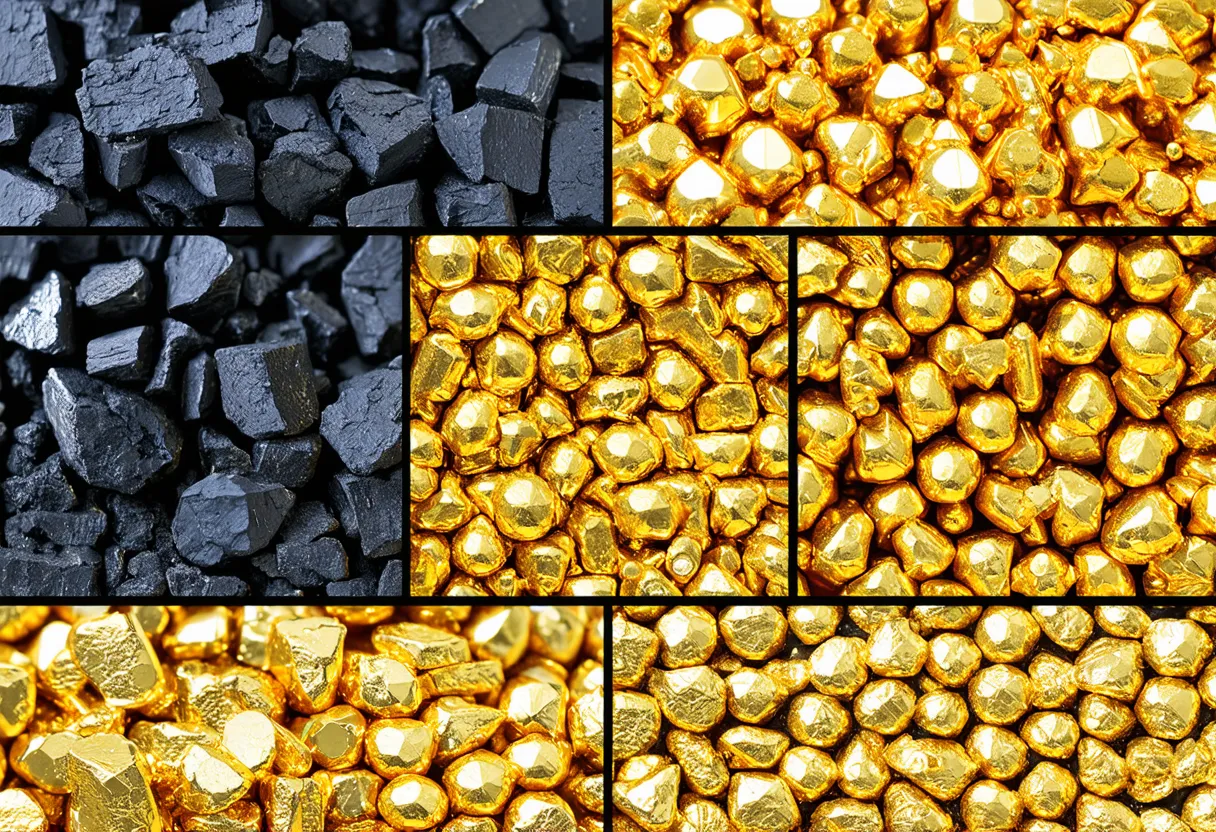India, with a population of 1.4 billion, is the most populous country in the world, ranking 1st ahead of China. Located in South Asia, it covers 3,287,260 sq. km, ranking 7th in size, behind Australia.
India’s economic position in 2022 remains strong, with a GDP of 3,416,645,826,052.87 USD, ranking 5th globally. It follows Germany, with a GDP of 4,082,469,490,797.68 USD. The GDP per capita in India is 2,410.88802 USD, placing it at the 140th position worldwide.
It is behind Cote d’Ivoire, with a GDP per capita of 2,486.41219 USD. Despite facing challenges, India continues to be a key player in the global economy, with significant potential for growth and development.
What are the economic activities of India?
- Primary activities: 15.4% of GDP.
- Secondary activities: 23% of GDP.
- Tertiary activities: 61.5% of GDP.

Primary Sector of India
India’s primary sector, dominated by agriculture, thrives due to its diverse climate and abundant natural resources. With 60.05% of the land dedicated to agriculture, the country produces a variety of crops like sugarcane, rice, wheat, and vegetables, as well as animal products including milk, bison milk, and eggs.
Despite contributing 15.4% to the GDP, agriculture remains vital to India’s economy, providing employment and sustenance to millions. The sector’s significance lies in the production of a wide range of essential food items, ensuring food security and supporting rural livelihoods.
With its diverse geology, the primary sector thrives on abundant natural resources like coal, iron ore, lead, and bauxite, contributing significantly to the economy. The country also boasts rare earth elements, diamonds, petroleum, and arable land for agricultural activities.
India’s oil production of around 602,336 barrels per day ranks 15th globally. With reserves of 4,728,790,000 barrels, it holds 0.27% of the world’s oil reserves.
India’s gas production of 26,210 million m³ in 2020 ranks 27th globally, further boosting its economic activity.
Secondary Sector of India
What is the secondary sector or what are secondary activities?
The secondary sector comprises industries that transform raw materials from primary activities into finished products for consumption. In India, main industrial products include textiles, chemicals, food processing, steel, transportation equipment, cement, petroleum, machinery, software, and pharmaceuticals.
Manufactures play a crucial role in India’s total exports, accounting for 63.55% in 2023. This highlights their significant contribution to the country’s economy and global trade competitiveness.
Tertiary sector of India
What is the tertiary sector or what are tertiary activities?
The tertiary sector in India encompasses various service-based activities that focus on offering knowledge, expertise, and time to enhance productivity and meet needs. Some key tertiary activities in India include healthcare and medical care, education and training, banking and finance, communication and information exchange, tourism and hospitality, transportation and logistics, and telecommunications. These services play a crucial role in driving the Indian economy and improving the overall quality of life for its citizens.
In particular, India’s tourism industry plays a pivotal role in its economy, contributing significantly to GDP and employment. With 17,914,000 annual arrivals, representing 0.0126 of the population, popular destinations like the Taj Mahal in Agra and the backwaters of Kerala attract visitors from around the world, boosting revenue and cultural exchange.
Another example of tertiary economic activity is the mobile cellular sector, with over 1.1 billion subscriptions, supporting technological growth by enhancing connectivity, fostering innovation, and enabling digital services across industries.
Military Activities and Economic Sectors of India
The military is a key example of many economic activities. In the primary sector, resources are extracted for military use, like metals for weapons. The secondary sector involves manufacturing military equipment, such as tanks and aircraft. The tertiary sector includes services provided by the military, like logistics and training. The quaternary sector focuses on military research and development, while the quinary sector deals with high-level decision-making and strategy.
In India, the most recent annual military expenditure is about 83.6 billion US dollars, which is 2.42% of the country’s GDP. India has an active military force of 1,475,750 personnel, resulting in approximately 3.7 active military members for every 1,000 people in the population.
Biggest company in India
Which is the biggest company in India? Reliance Industries holds that title with a market value of $228.63 billion. It operates in the energy industry and is part of the primary sector. Founded in 1960, Reliance has grown to become a key player in India’s economy.
International Trade of India
Import Activities of India

India’s import activities are of high importance, with total imports in 2023 reaching $672.14 billion, accounting for 26.44% of the country’s GDP.
India’s import activities are diverse, with major partners being China, UAE, US, Saudi Arabia, and Russia. Import commodities include crude petroleum, coal, gold, natural gas, and diamonds.
Exports Activities of India

India’s export activities play a medium level of importance, accounting for 22.79% of its GDP in 2023, totaling $431.41 billion. This highlights a significant contribution to the country’s economic growth and global trade presence.
India’s export activities are diverse, with top partners being the US, UAE, Netherlands, China, and Bangladesh. Key export commodities include refined petroleum, diamonds, packaged medicine, garments, and jewelry.
India economy challenges in 2024
India, the largest South Asian economy, faces challenges in 2024. Informal domestic economies persist, worsened by COVID-19’s impact on growth and poverty. Weak credit access hampers private consumption and inflation. Efforts for social and infrastructure equity are underway.




Leave a Reply